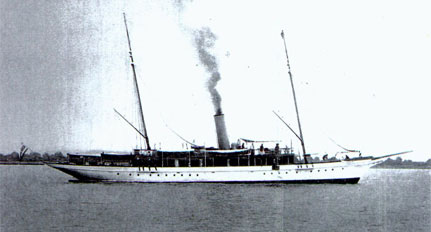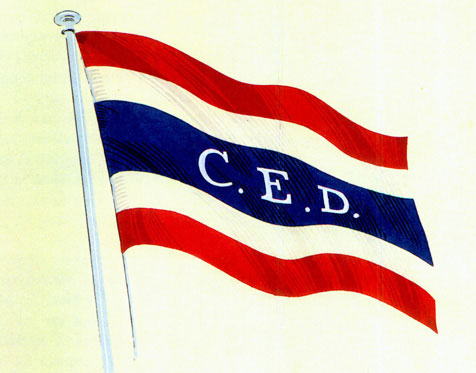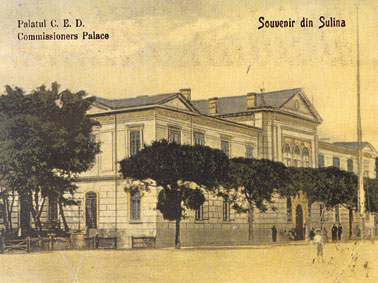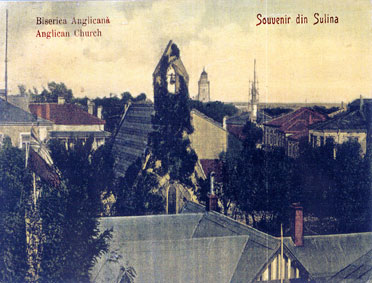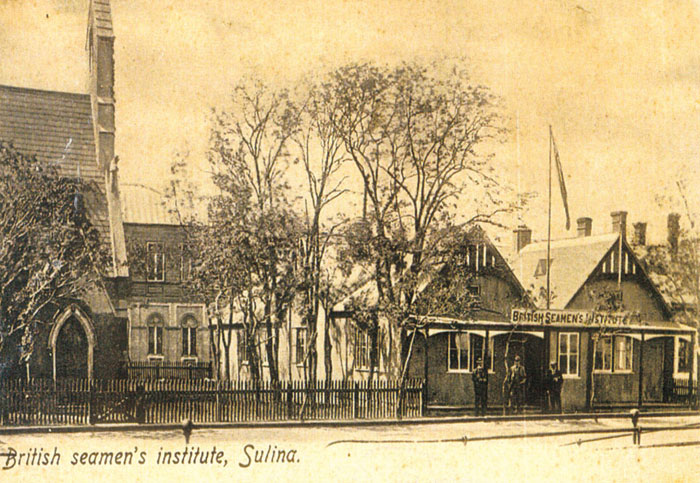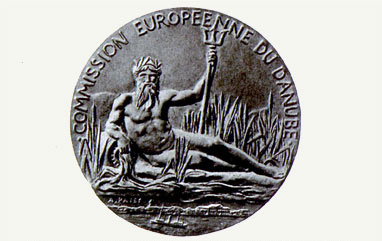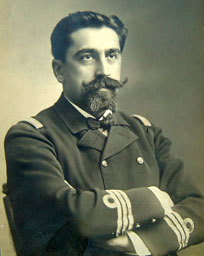
|
|
DANUBE
DELTA |
| Ethnographic aspects |
| History unfold |
| The Iron and Bronze Age |
| Geto-Dacians vestiges |
| Roman vestiges |
| The Byzantine vestiges |
| The XIII-XIV period |
| The XIV-XV period |
| The Ottoman Possession |
| The Modern Times |
| Places History |
| History of Tulcea |
| History of Sulina |
| Objectives: |
| Historical itinerary |
Sulina |
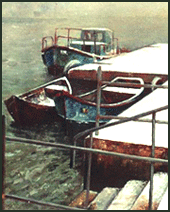 |
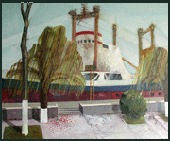 |
History of Sulina First documentary mention - " De administrando Imperi" - a document from the times of Byzantine emperor Constantin Porfirogenetul (913 - 959 d.C). In
Anna Comnena's "Alexiada" it
is a mention of Selinas or Solina at the Calonstoma
river mouth. In 1318, the town becomes Genovian
port. A july 1469 document speaks about the placement
of the Turkish army in Soline, before attacking
Chilia and Cetatea Alba. During Russian-Turkish
war, XVIII-XiX, Sulina was known only as a settlements
with 1000-1200 inhabitants. The Russian-Austrian
Coventioned signed at Sankt Petersburg in 1840
nominates Sulina as a river-marine port and establishes
the bases for free navigation on the Danube. Sulina becomes free port (Porto Franco), and has a fast economic development under its neutrality status on times of war and peace. In Sulina of those times it was developed for the first time, naturally, the United Europe Concept, sustained by a spirit of tolerance and multiethnic living together. At the end of XIX century the census specified: from a total population of 4889 inhabitants they were 2056 Greeks, 803 Romanians, 546 Russians, 444 Armenians, 268 Turks, 211 Austro-Hungarians, 173 Jews, 117 Albanians, 49 Germans, 45 Italians, 35 Bulgarians, 24 English, 22 Tartars, 22 Montenegrians, 21 Serbians, 17 Poles, 11 French, & Lipovenians, 6 Danes, 5 Gagauzians, 4 Indians, 3 Egyptians. They were 1200 houses in the town, 154 shops, 3 mills, 70 small companies, a water factory (Queen's of Holland donation), an electrical factory, a telephonic line from Tulcea to Galati, a 5 miles modernized road, 2 hospitals and one 300 places theatre. Between the 2 wars, the population
number varied between 7000-15000, depending on the
national corn harvest which was transported and stored
in Sulina which represented an attraction to different
European population. The education was sustained
through 2 Greek schools, 2 Romanians, 1 German, 1
Jewish, a few other confessional schools, a gymnasium
and a professional school for girls, an English Marine
Institute. They were 9 Consulates in town: the Austriac Cosulate,
the English, German, Italian, Danish, Greek, Russian,
and The canons noise leads to the decision of dissolving
the Danube European Comission in 1939. Losing the
neutrality meant also the dissolving of the Consulates.
The 2002 census recorded 4628 inhabitants, a marked depopulation of 20% in the last 12 years due to an accentuate decline of socio-economic life in the town. The history marked the presence
of several personalities in Sulina: Sir Charles
Hartley (1856 - 1907), nicknamed "Danube's
father", consultant on maritime problems of
Austria, Russia, Egypt, Romania, Bulgaria and India,
chief engineer of DEC for digging the Sulina Channel,
member of the Technical International Commission
for Suez Channel
|
| . : . sus |








